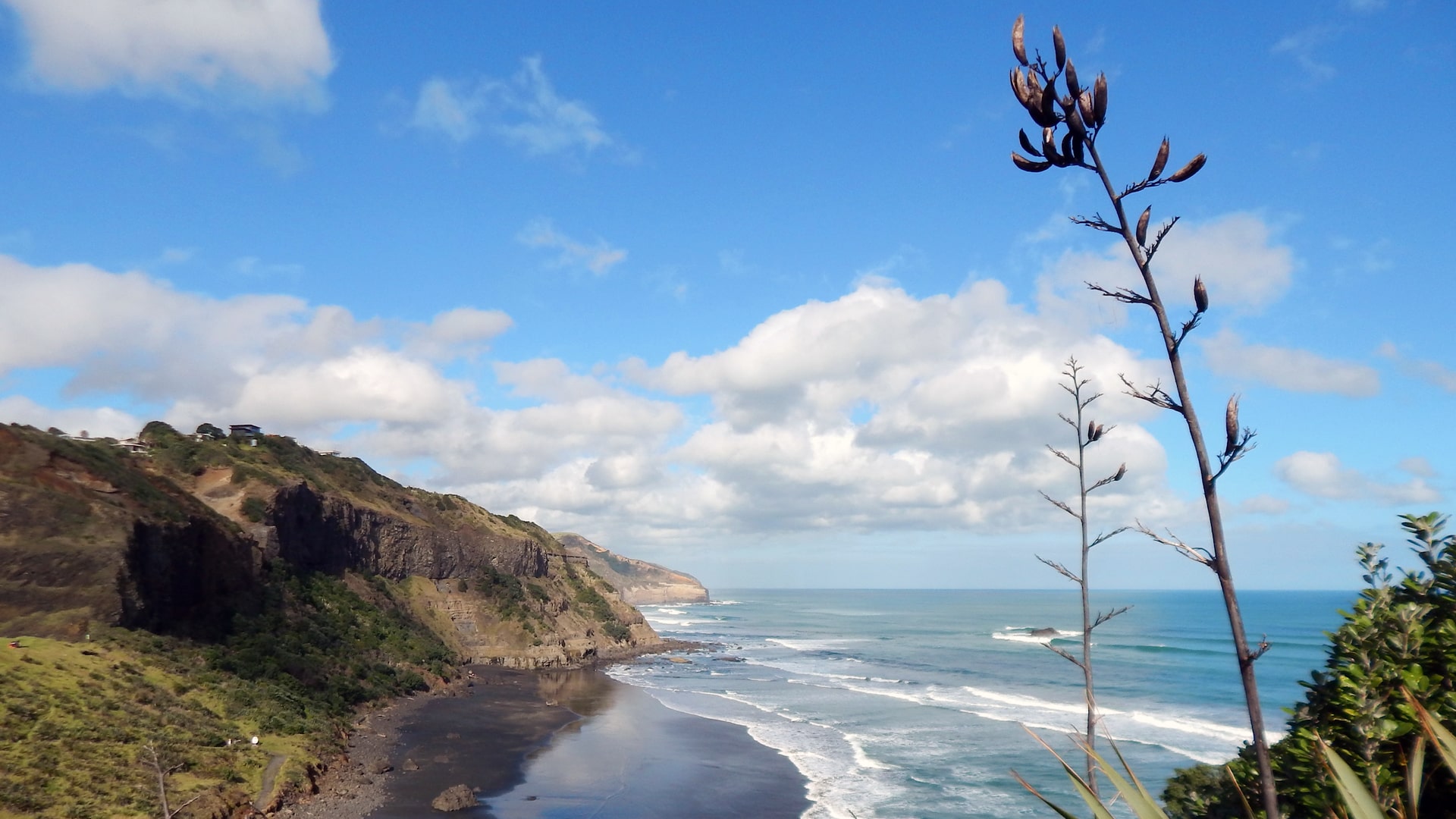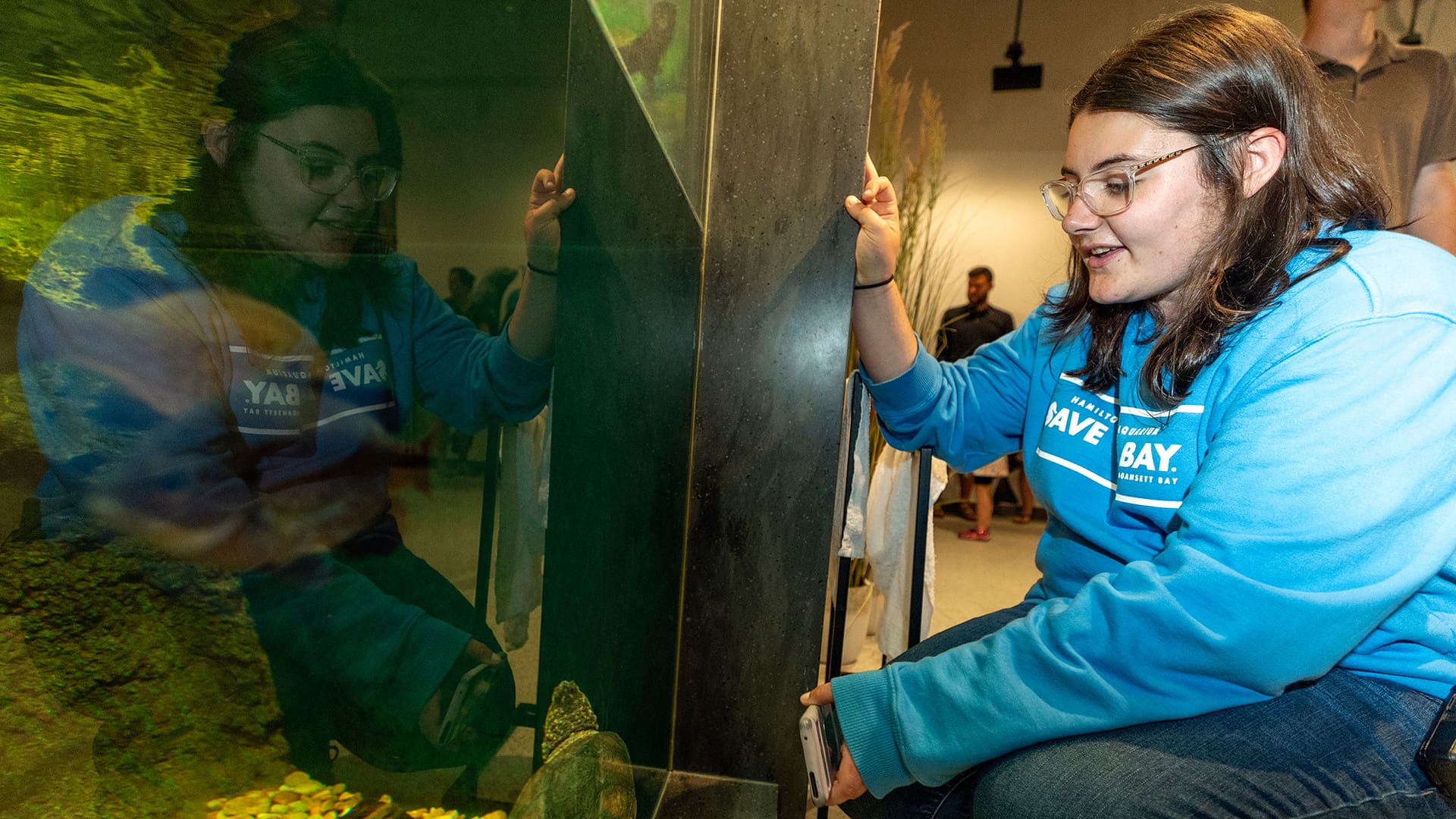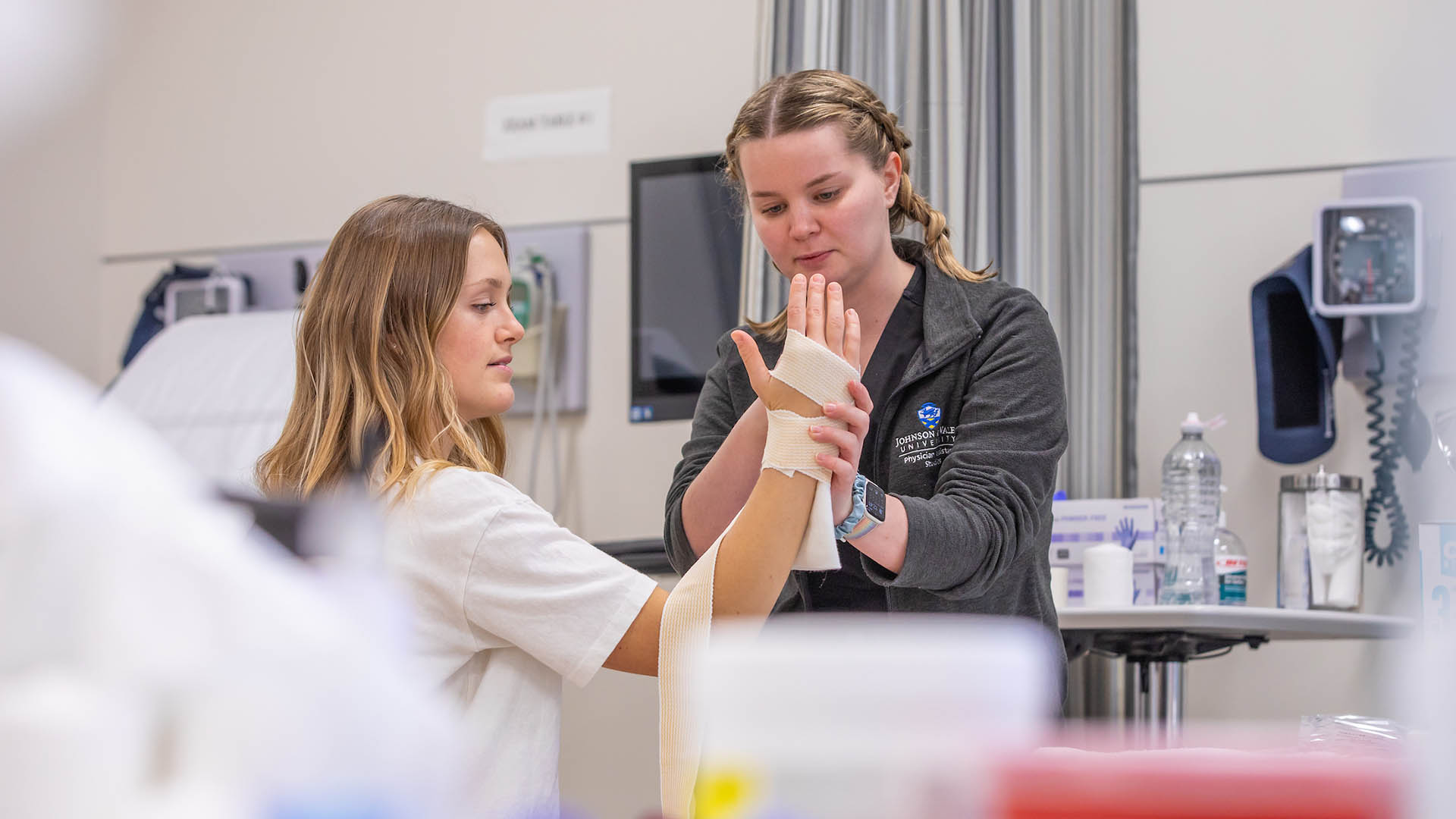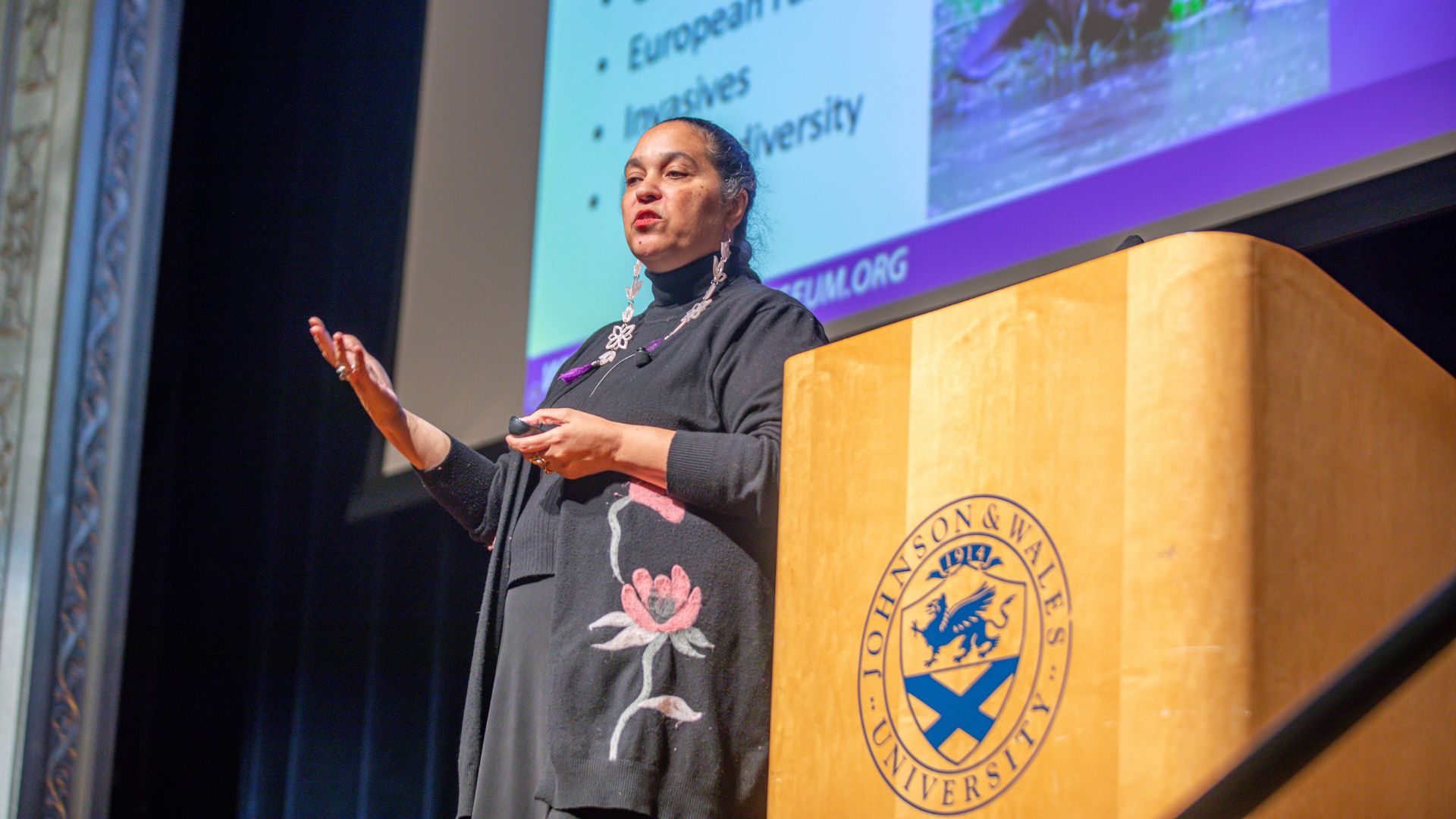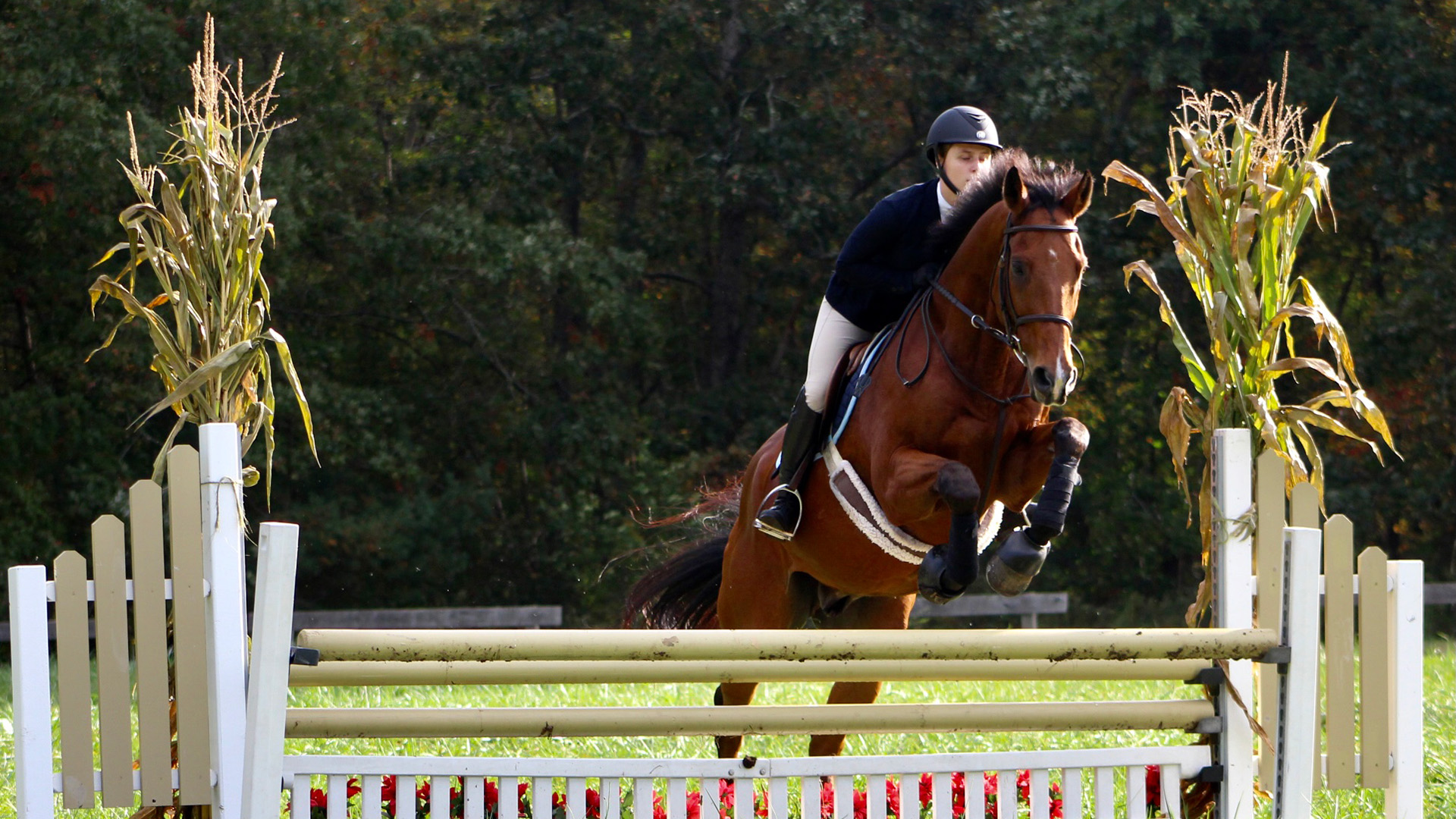Why Apply for a Fulbright? Ask Visiting Scholar Anna Palliser

11/5/19 | This past August, Anna Palliser traveled more than 9,500 miles to study at JWU’s Providence Campus. But she isn’t a JWU student — she’s a scholar-researcher from New Zealand’s Southern Institute of Technology (SIT) who is on a Fulbright grant to document issues of food security and food sovereignty in Rhode Island.
Because SIT and JWU are Study Abroad exchange partners, the marketing department at SIT suggested that Palliser apply for a Fulbright to JWU.
The idea appealed to Palliser, who had earned her Ph.D. in 2015 and had been looking to tackle an ambitious follow-up project. She began to research JWU: “I saw [JWU Providence Associate Professor] Mark Hengen’s research and that it dovetailed with mine.” (Hengen’s areas of expertise include the economic impact of food systems and environmental policy.)
The fact that neither SIT nor JWU Providence has previously hosted a Fulbright scholar was a potential advantage, according to Palliser: “The Fulbright committee emphasizes giving Fulbrights to organizations that have not been awarded them before.”
For her proposal, Palliser decided to focus on urban food systems, a topic she hadn’t previously investigated. Although she didn’t have long to pull together her application — roughly a week — she was confident in her ability to establish her goals and methodology. But she was also careful to contextualize her scholarly experience, which favored teaching over research: “I made sure that Fulbright knew that I was teaching 20 hours a week, which doesn’t leave a lot of time for research.”
I’m hoping this opens the door to more interchange with JWU.”
Palliser’s interest in the localization of food production was inspired by her trips to the 2017 and 2018 United Nations Climate Conferences in Bonn, Germany, and Katowice, Poland. “Our current industrial food system will not sustain in the face of climate change,” she said. “Communities need to look at producing their own food.”
Rhode Island’s small size makes it an ideal place to examine the issue from macro- and micro- perspectives; it also makes it relatively easy to connect with farmers, policy makers and producers across the entire state. Palliser is aiming to conduct 20-plus interviews while she is here.
The Value of a Fulbright
At this point, you may be wondering, “What is a Fulbright and how can I apply for one?”
The Fulbright U.S. Student Program offers research, study and teaching opportunities in over 140 countries to recent graduates and graduate students. The opportunities aren’t only research-based; options include teaching assistant grants, Global Storytelling Fellowships, Fellowships in Public Health, and Open Study/Research awards (the most traditional Fulbright).
During her time on campus, Palliser has made herself available to talk about her work and to demystify the process of applying for a Fulbright. (She will also happily teach you the Maori song of welcome.)
Now that’s she’s successfully gone through the application process, Palliser is passionate about the program’s versatility — there’s a Fulbright that could work for every type of academic. “There are opportunities for grad students to do their master’s degrees in another country, and opportunities for tutors to go on tutor exchanges,” she enthused. “It’s within reach.”
Palliser has found the Fulbright system to be supportive and user-friendly: “I can’t praise them enough. They look after you, and the allowance is sufficient. I brought my husband over — you can bring your kids over.”
The Fulbright is a great way to participate in academic exchanges and to strengthen research or teaching skills while living and learning in a new culture.
“I’m hoping this opens the door to more interchange [with JWU],” Palliser said. “Culinary students could go to New Zealand to study. Amy Wagenfeld from the OTD program is interested in a Fulbright to Dunedin, an area that traditionally hasn’t had many. And Associate Professor Christos Dimos could work on his freshwater algae research. There are so many possibilities.”
BELOW: THE NEW ZEALAND COASTLINE.
